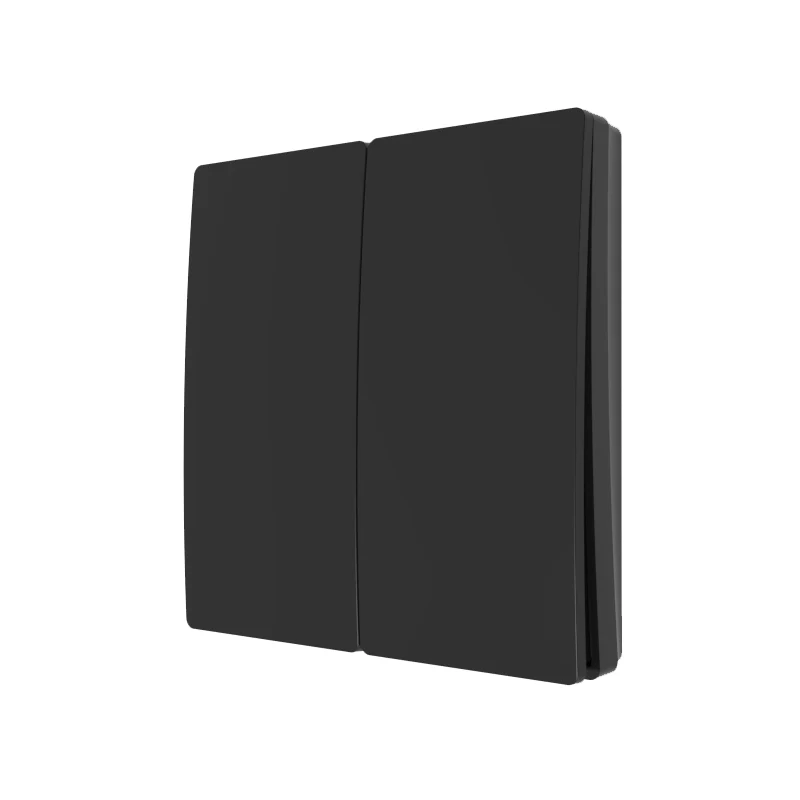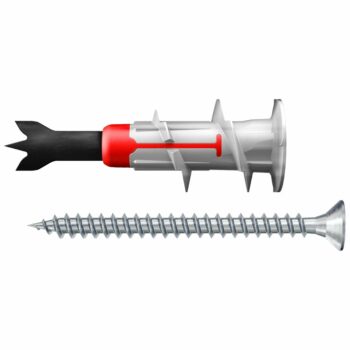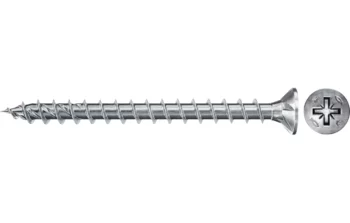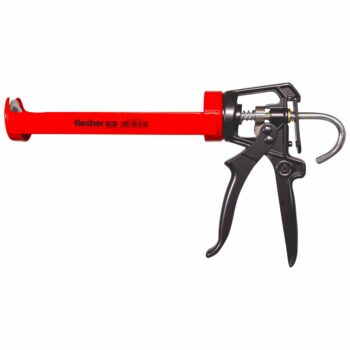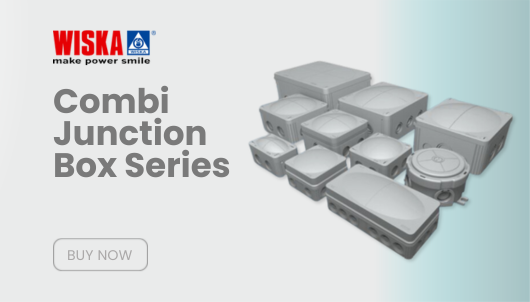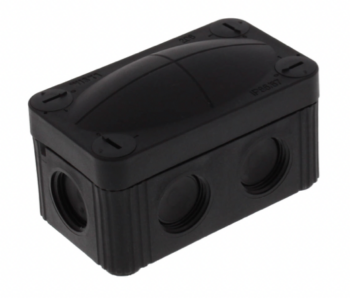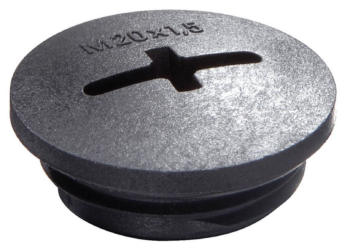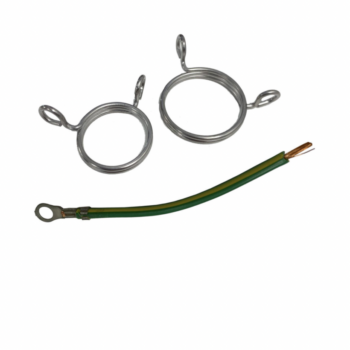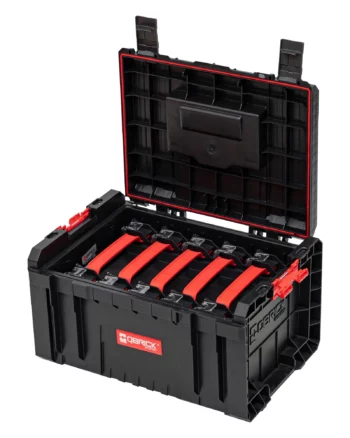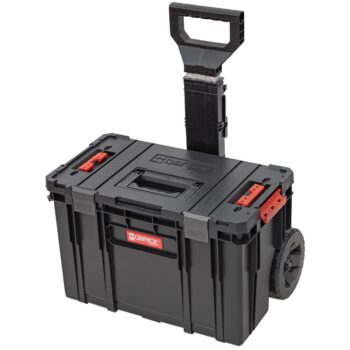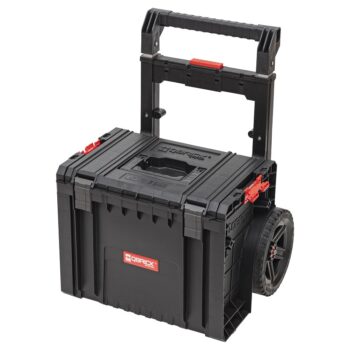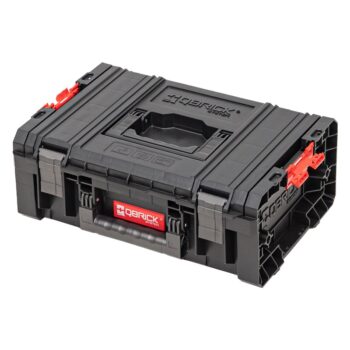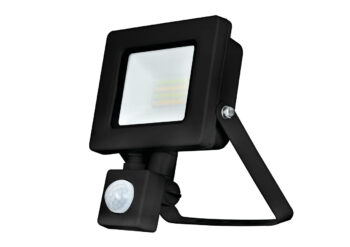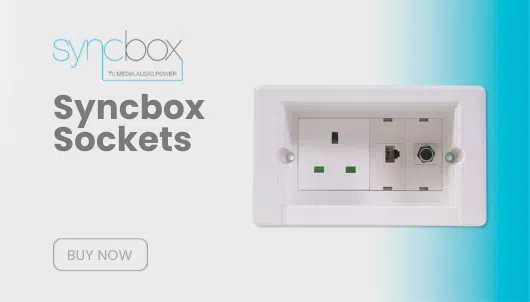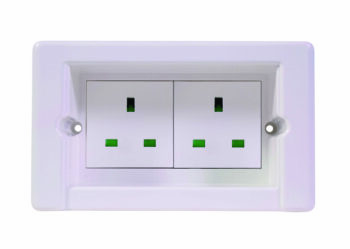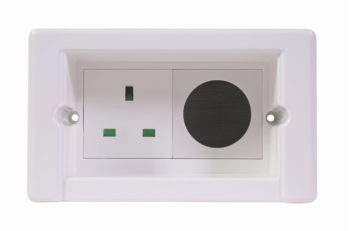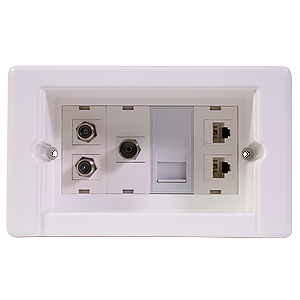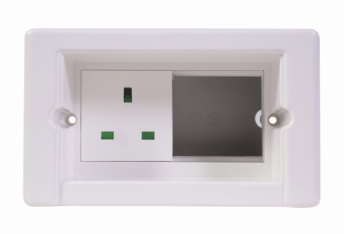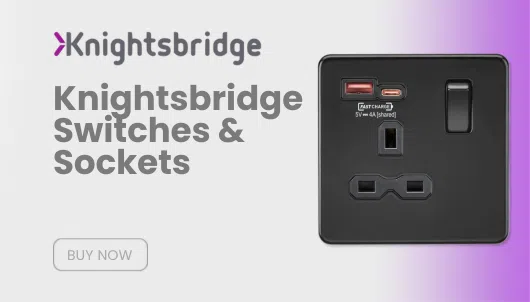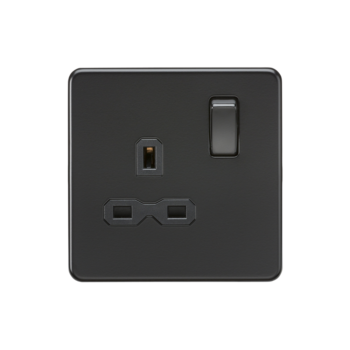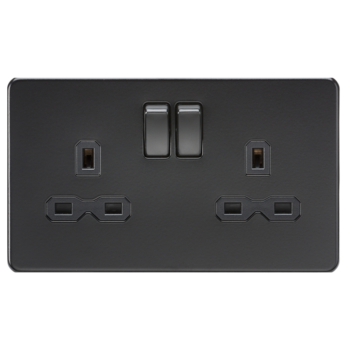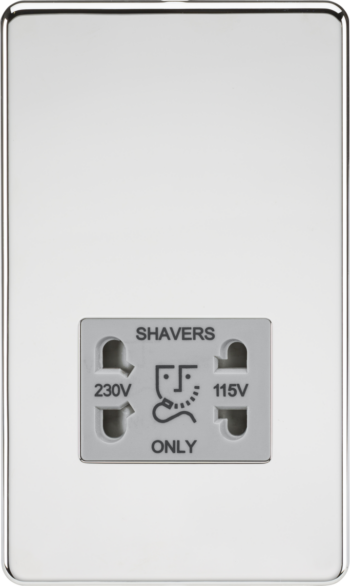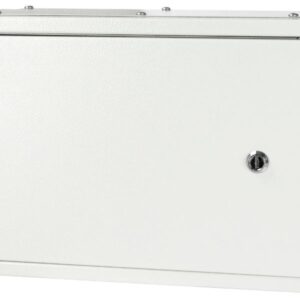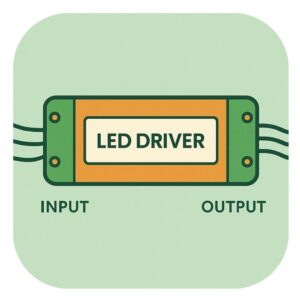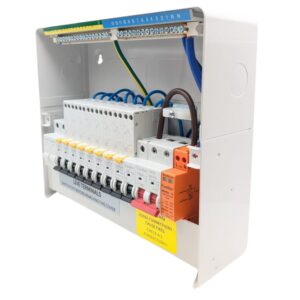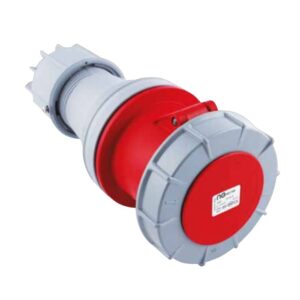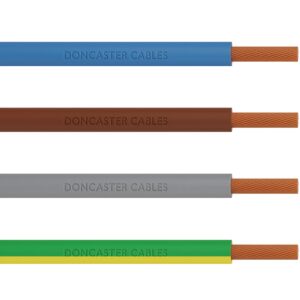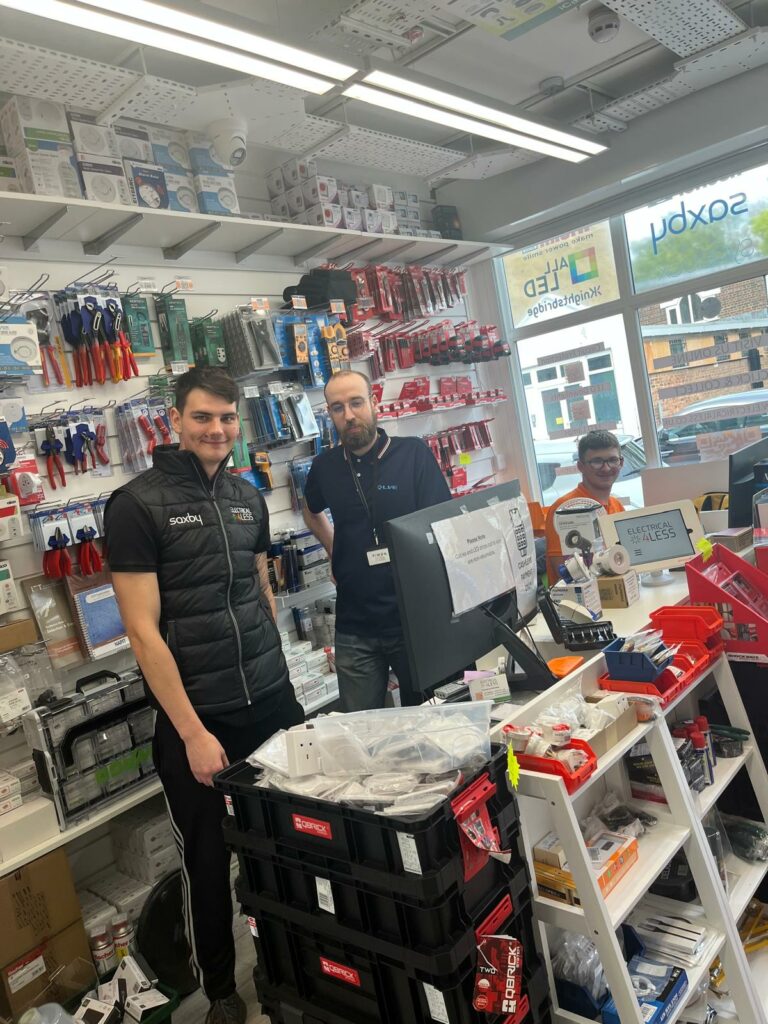A Revolutionary Solution for Wireless Lighting Control
In an era where innovation is redefining how we interact with technology, Kinetic Switches stand out as a revolutionary leap forward in the world of electrical control. Imagine being able to control your lights or appliances without needing batteries, wires, or external power sources. It sounds futuristic, but it’s already a reality, and these switches are quickly gaining traction in both residential and commercial environments.
The benefits of kinetic energy harvesting in switches are numerous: energy efficiency, environmental sustainability, and sheer convenience. Whether you’re a homeowner looking to upgrade your lighting control system, an interior designer aiming to simplify installation, or a business owner seeking cost-effective solutions, kinetic switches offer an innovative option that delivers on all fronts.
In this comprehensive blog, we’ll explore everything you need to know about kinetic switches, from how they work to their key advantages, applications, and why Forum Lighting’s range is leading in the market. We will also delve into installation tips and frequently asked questions to ensure you have a thorough understanding of these cutting-edge devices.
Table of contents
- A Revolutionary Solution for Wireless Lighting Control
- 1. Introduction to Kinetic Switches
- 2. How Do Kinetic Switches Work?
- 3. Benefits of Kinetic Switches
- 4. Key Applications of Kinetic Switches
- 5. Forum Lighting : The Innovator Behind Cutting-Edge Kinetic Switches
- 6. The Technology Behind Kinetic Switches
- 7. Why Choose Kinetic Switches Over Traditional Switches?
- 8. Installation and Setup Guide for Kinetic Switches
- 9. Integrating Kinetic Switches Into Smart Home Systems
- 10. Future of Kinetic Switches: Trends and Innovations
- 11. Conclusion
- 12. FAQ: Common Questions About Kinetic Switches
1. Introduction to Kinetic Switches
The world of smart home technology is evolving at lightning speed, and at the heart of this innovation is the kinetic switch. Unlike traditional light switches that rely on either battery power or a hardwired connection, they generate their own energy from the press of a button. No more worrying about replacing batteries, rewiring your home, or being tied down by a switch location. With kinetic switches, you gain freedom, flexibility, and an eco-friendly solution all in one.
But what exactly is a kinetic switch, and why is it becoming such a game-changer in the lighting industry? This article aims to answer that and more, starting with a detailed look into how these marvels of technology work.
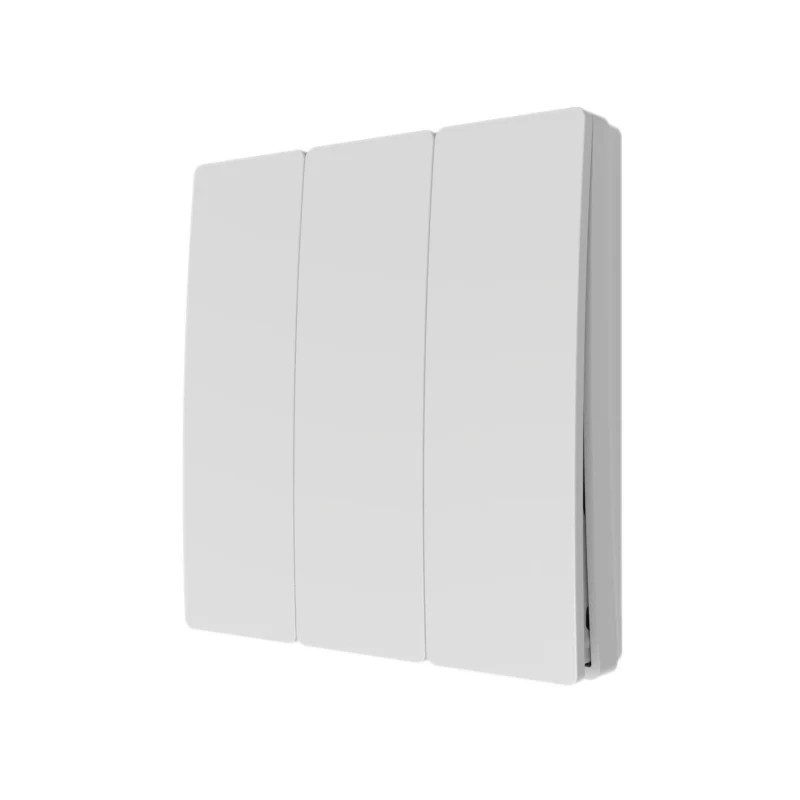
2. How Do Kinetic Switches Work?
They operate on the principle of energy harvesting. In simpler terms, they convert mechanical energy—such as the physical act of pressing a button—into electrical energy that powers the switch itself. When you press a kinetic switch, it generates just enough energy to send a wireless signal to a receiver that then turns the light or appliance on or off.
This concept is similar to hand-crank flashlights or piezoelectric devices that convert pressure into electricity. In the case of kinetic switches, pressing the switch creates a small burst of energy, enough to trigger the switch’s functionality wirelessly.
No wires, no batteries, and no hassle. That’s the power of kinetic technology.
3. Benefits of Kinetic Switches
They offer several advantages over traditional switch systems. Let’s dive into the top benefits:
No Batteries, No Wiring
The most immediate and obvious benefit of kinetic switches is their self-sufficiency. Since they don’t require batteries or wiring, they are incredibly easy to install, relocate, or integrate into existing systems. For homeowners, this means no more worrying about battery replacements or rewiring the walls to add new switches.
Eco-Friendly and Sustainable
By harnessing the power of kinetic energy, these switches eliminate the need for external power sources like batteries, which reduces waste and promotes environmental sustainability. Over time, this energy-saving technology can significantly reduce your carbon footprint, especially in larger commercial settings.
Flexibility and Mobility
Since kinetic switches don’t need to be hardwired, they can be mounted almost anywhere: walls, desks, bedside tables, or even carried around like a remote. This offers unparalleled flexibility for modern homes, offices, or industrial setups, where switch locations can be customized without the constraints of wiring.
4. Key Applications of Kinetic Switches
They can be installed in various environments, each benefitting from the wireless convenience and ease of use that these switches bring.
Residential Settings
In homes, kinetic switches provide a hassle-free way to control lights, fans, and appliances. Imagine being able to install a switch anywhere in your home without worrying about wiring. Want a light switch right by your bed? No problem. Need to control lights from different floors? Done. They give homeowners ultimate control and flexibility.
Commercial and Industrial Use
In office buildings, warehouses, and factories, kinetic switches reduce installation costs and provide an energy-efficient solution for managing electrical systems. Their wireless nature makes them particularly appealing in large-scale operations, where rewiring or installing traditional switches can be labor-intensive and costly.
5. Forum Lighting: The Innovator Behind Cutting-Edge Kinetic Switches
Forum Lighting has been at the forefront of the lighting and electrical control industry for years. Known for their commitment to innovation and sustainability, Forum Lighting’s range are designed to meet the needs of modern consumers who prioritize convenience, efficiency, and environmental responsibility.
Forum Lighting’s kinetic switches utilize the latest in wireless technology, ensuring that each one performs flawlessly, whether in a smart home setup or an industrial environment. Their products are built to last, with robust designs that can withstand everyday wear and tear, making them a trusted choice for professionals and homeowners alike.
6. The Technology Behind Kinetic Switches
The technology that powers kinetic switches is built on principles of electromagnetic energy conversion. Inside each one is a small dynamo that generates electricity when the switch is pressed. This electricity powers a signal transmitter that sends a wireless command to the light or appliance you want to control.
Signal Transmission
Kinetic switches typically use low-frequency radio signals to communicate with a receiver, which then activates the corresponding device. These signals are highly efficient and work reliably over short distances, perfect for home or commercial use.
7. Why Choose Kinetic Switches Over Traditional Switches?
So, why should you consider switching to kinetic switches? Here are a few key reasons:
- Ease of Installation: Traditional switches require wiring and can be a hassle to install. Kinetic switches, on the other hand, are wireless and can be placed anywhere.
- Cost Savings: With no need for professional wiring or maintenance, they save both time and money, particularly in large installations.
- Sustainability: They contribute to a greener future by reducing the need for disposable batteries and lowering overall energy consumption.
- Flexibility: Want to relocate your switch? It’s as easy as picking it up and placing it somewhere else—no drilling, no fuss.
8. Installation and Setup Guide for Kinetic Switches
One of the most appealing features of kinetic switches is their easy installation. Here’s a simple guide on how to set up your new purchase:
- Choose Your Location: Because these switches are wireless, you have the freedom to install them wherever is most convenient—next to your bed, in your living room, or even in the garage.
- Mount the Switch: Use adhesive backing or screws (depending on your surface) to attach the switch to your desired location.
- Pair the Switch with a Receiver: Follow the manufacturer’s instructions for pairing the switch with the receiver. This usually involves pressing a button on the receiver or using a smartphone app.
- Test the System: Press the switch to ensure that the lights or appliances respond appropriately.
9. Integrating Kinetic Switches Into Smart Home Systems
Many kinetic switches, including those from Forum Lighting, are designed to integrate seamlessly with smart home ecosystems. Whether you use Amazon Alexa, Google Home, or Apple HomeKit, they can often be connected to your existing smart home devices for even greater control and automation.
10. Future of Kinetic Switches: Trends and Innovations
As kinetic switch technology continues to evolve, we expect to see more sophisticated applications, such as integration with IoT (Internet of Things) devices and the expansion of energy harvesting technologies into other areas of home and industrial automation.
11. Conclusion
Kinetic switches are more than just a trendy gadget—they represent a significant step forward in energy-efficient, flexible, and easy-to-install electrical control. Whether you’re looking to modernize your home, save on energy costs, or create a more sustainable environment, they offer a solution that’s hard to beat. Forum Lighting’s range, in particular, stand out for their quality, durability, and advanced features, making them a perfect choice for anyone ready to embrace the future of lighting control.
See our full range of Kinetic Switches from Forum Lighting here!
12. FAQ: Common Questions About Kinetic Switches
A kinetic switch is a wireless switch that uses kinetic energy generated by pressing the button to power itself, eliminating the need for batteries or wiring.
They convert mechanical energy from pressing the switch into electrical energy, which powers a wireless signal to control lights or appliances.
Yes, they are designed for easy installation without the need for professional electricians or complex wiring.
Those from Forum Lighting, can integrate with smart home systems like Amazon Alexa or Google Home.
Typically, a kinetic switch can transmit a signal up to 30 meters (about 100 feet), depending on obstacles and building materials.
Yes, becausetheys are wireless, they can be easily relocated without any rewiring.

